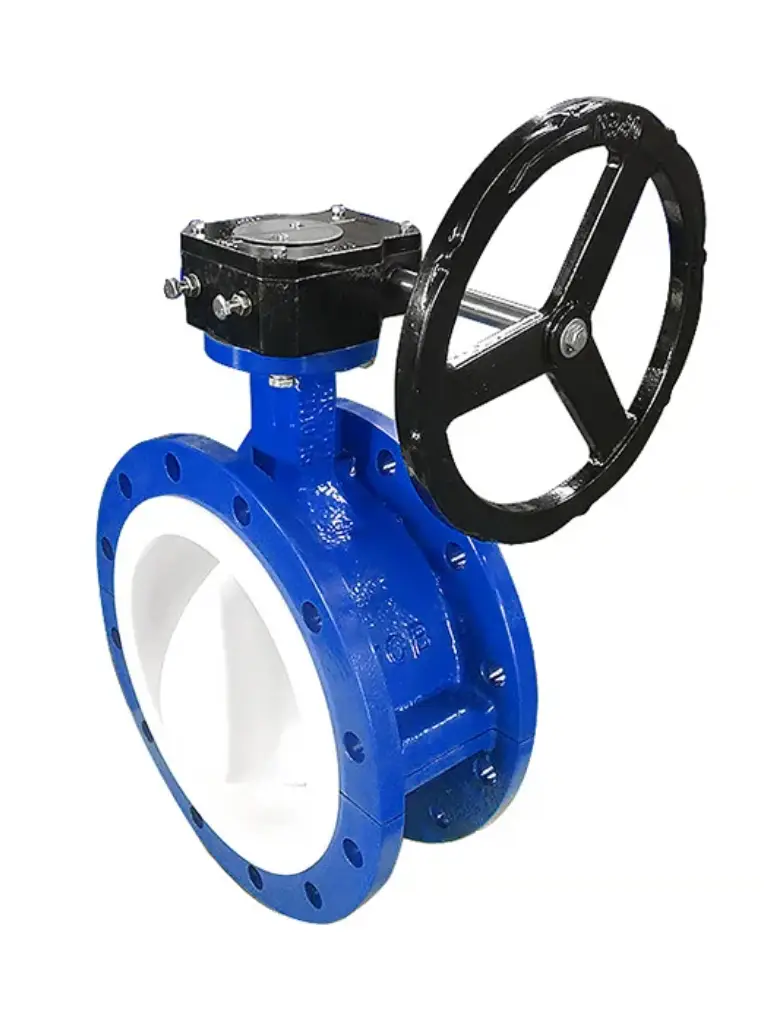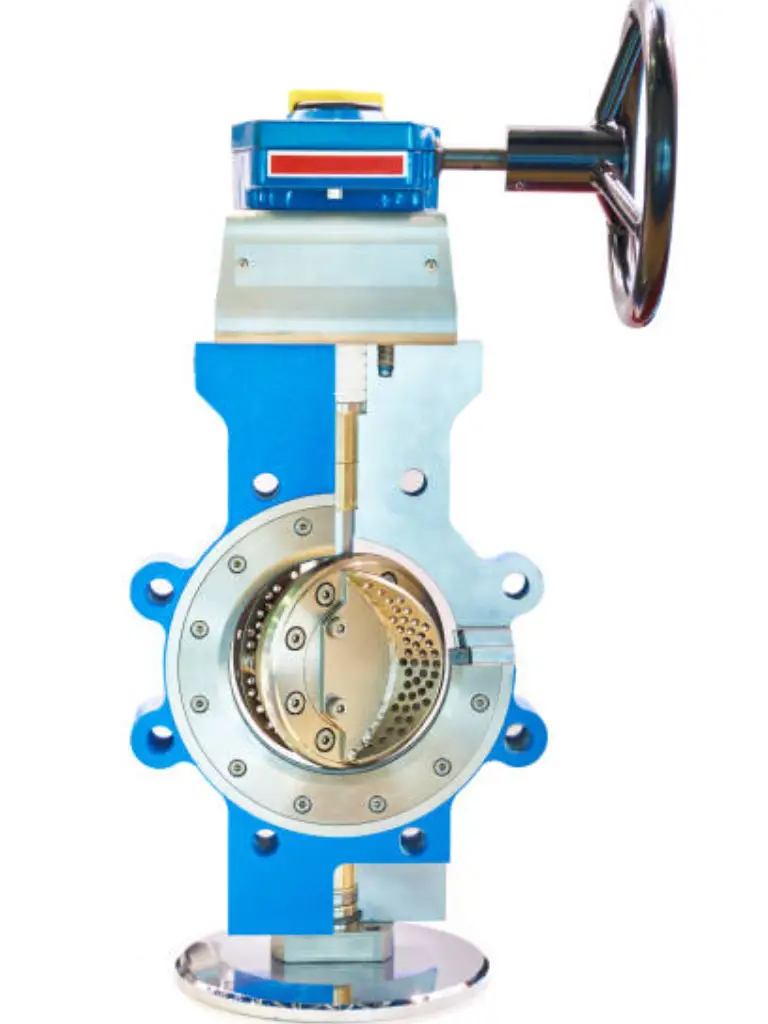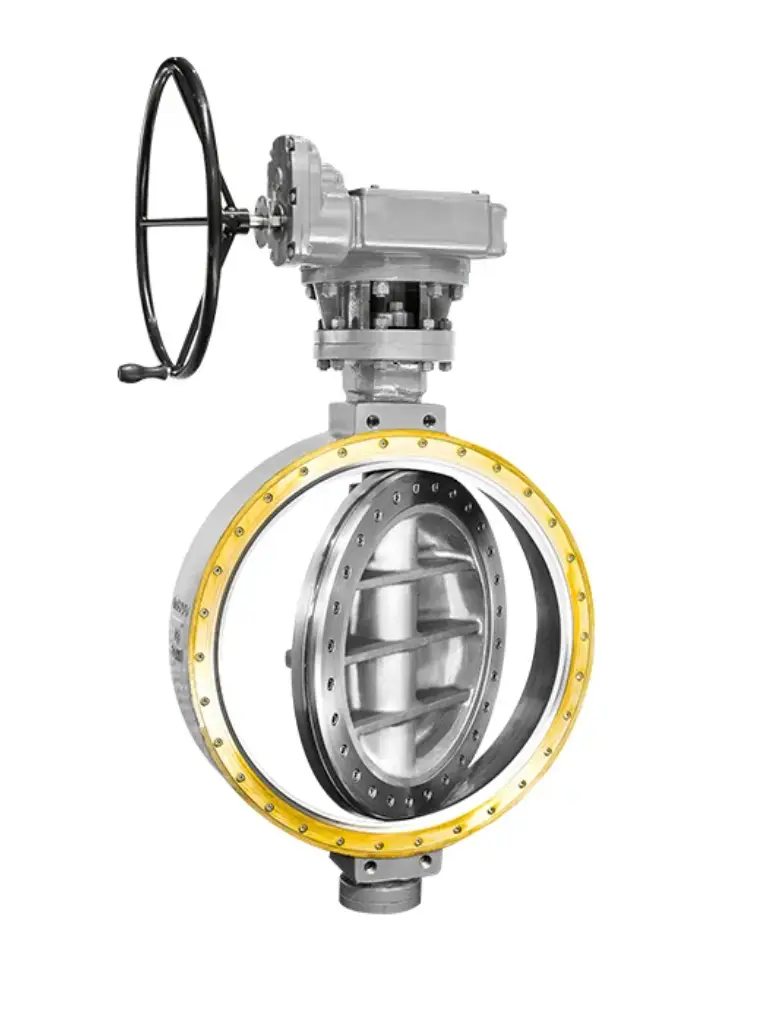Butterfly valves are important parts of several industrial applications, which include water treatment plants and mines as well as plumbing systems and water parks. These multi-purpose valves, in materials like stainless steel, cast iron, and brass, are able to provide a tight shut off and reliable flow control. Butterfly valves offer a wide range of sizes, pressure ratings and end connections like wafer, lug, solenoid, and flanged and, as such, they can be used in different sectors.
As a key component in any piping system, it is essential to take into account the factors that affect the butterfly valve prices and consequently, for effective budgeting and cost management. In this in-depth guide, we will be covering the butterfly valves right from the pricing aspect to the market trends, and strategies that can be used to help you make an informed decision when buying these vital components.
Comprehensive Guide to Butterfly Valve Prices: Factors and Considerations
Regarding the price assessment of a butterfly valve there are a number of factors that should be taken into account. The material of construction is probably the most important part of the budget as it makes up a big portion of the total cost. The stainless steel butterfly valves, which are famous for their long life and corrosion resistance, are usually more costly than the cast iron or brass alternatives. But, the selection of material is based on the special requirements of a specific application that includes the media handled, temperature range, and environmental conditions.
The size and pressure rating of the valve are the other factors which play a very vital role in deciding its cost. Larger diameter valves as well as those designed for high-pressure applications (PSI) usually cost more as they entail more material and the manufacturing complexity is increased. Accurate determination of valve size and pressure rating is required to avoid over-specification and the subsequent extra cost.
Additionally, the end connection type is a factor. Butterfly valves may be equipped with wafer, lug, or flanged end connections, each type having a different effect on the cost. Wafer valves, which are located between the two flanges, are the cheapest option amongst all. Lug butterfly valves, with their threaded inserts, are an additional installation and dismantling option. However, they are slightly more expensive and offer a more secure and fitting connection. Flanged valves, which are the most expensive due to the additional material and manufacturing costs but the most robust connection, have integral flanges for bolting.
The type of butterfly valve, such as tri-clamp butterfly valves, concentric butterfly valves, wafer butterfly valves with pull handle, etc. also play a major role in the valves pricing. Different valve types are designed for specific applications and they have features that are unique to them, which can affect the cost of them. Here are some common types of butterfly valves and their impact on pricing:Here are some common types of butterfly valves and their impact on pricing:

- Concentric Butterfly Valves: The valves are designed with a simple and compact structure, and the stem is located in the middle of the disc. They are often sold at the most affordable price because they are made with the simplest designs and have the least number of parts.

- Eccentric Butterfly Valves: In such valves, the stem is located away from the center of the disc and hence this improves sealing and reduces wear. The extra design and production complexity leads to the higher prices in comparison with concentric valves.

- High-Performance Butterfly Valves: These valves are designed for the demanding applications, providing superior control, tight shutoff, and enhanced durability. They often have advanced sealing systems, specially designed disc and seat materials, and powerful actuators. The increased features and performance of the device comes at the expense of a higher price tag.

- Triple Offset Butterfly Valves: These valves, which are suitable for critical applications that need zero leakage and high-temperature operation, have a special geometry that provides perfect sealing and minimum friction. The high precision in manufacturing and special materials used in these valves is the reason they are generally more expensive.
Below is a concise summary table that encapsulates the critical aspects of each valve type:
| Valve Type | Price Range ($) | Materials | Size Range (inch) | Design Features | Application Range |
| Concentric Butterfly Valves | 50-500 | Cast Iron, Ductile Iron, Stainless Steel | 2-24 | Simple, compact design; centered stem; cost-effective | General purpose, water, air, gas, and mild chemicals |
| Eccentric Butterfly Valves | 100-800 | Cast Iron, Ductile Iron, Stainless Steel | 2 – 48 | Offset stem design; improved sealing; reduced wear | Moderate pressure, temperature, and abrasive media applications |
| High-Performance Butterfly Valves | 500-5,000 | Stainless Steel, Duplex, Hastelloy | 2 – 60 | Advanced sealing systems; specialized disc and seat materials; robust actuators | Demanding applications, high pressure, temperature, and corrosive media |
| Triple Offset Butterfly Valves | 1000-10,000 | Stainless Steel, Duplex, Hastelloy | 3 – 120 | Precise geometry; zero leakage; high-temperature operation; metal-seated | Critical applications, extreme temperatures, and high-purity media |
Please note that such information may contain inaccuracies and for more detailed data, it is advisable to contact suppliers directly or technical specifications. Suppliers can provide extensive information and data to help you make the best valve choice for your needs.
Along with these, the choice of seat material (EPDM, Nitrile, Viton, polypropylene, PVC), actuator type (manual, electric, pneumatic), and any special features or certifications (ANSI, NSF) can also affect the valve price. Carefully assessing your application needs and specifying only the features and materials that are essential to avoid overengineering and unnecessary costs is critical.
Global Market Trends and Their Impact on Butterfly Valve Prices
The global butterfly valve industry is a dynamic and ever-changing sector, which is affected by different macroeconomic, industrial and technological factors. The growing economies and the development of industries such as oil and gas, mining, chemical processing, and water treatment have been the major drivers for the butterfly valve market in the past few years. This intensified demand has exerted a strain on raw material prices and supply chains, thereby a butterfly valve price fluctuation has occurred.
Geopolitical factors including trade disputes and tariffs are also able to make a huge difference in the global butterfly valve market. The new import/export regulations and the changing trade alliances can be a source of disruption in supply chains and the availability and price of valves and components. It is imperative to be vigilant about these global events and how they might affect your procurement strategies for your cost management to be effective.
Technological innovations constitute another major trend that is impacting on the butterfly valve market. The creation of smart valves, which are equipped with integrated sensors, data analytics, and remote monitoring capabilities, is revolutionizing the way industries think about valve maintenance and management. Such innovations are more efficient, easier to predict and monitor in real time, but they are also more expensive. As the technologies are maturing and becoming more widely adopted, it is important to evaluate the long term benefits against the initial investment when deciding on advanced valve solutions.
Sustainability and environmental issues are the other factors that are making the butterfly valve market to change. The growing attention on lowering emissions, leaks, and energy efficiency is changing valve design and material selections. The manufacturers are coping by formulating eco-friendly materials, enhancing valve performance, and producing products with minimal environmental impact. Although these sustainable solutions may have a higher initial cost, they can ultimately lead to lower energy consumption and better operational efficiency through time.
Budgeting for Butterfly Valves: Estimation Techniques and Tips
The budgeting process for butterfly valves has to be systematic and it must be a combination of accurate estimation methods with practical cost-saving strategies. The first thing that you need to do is to analyze your application needs. Such factors as flow rate, pressure and temperature range, media compatibility and any specific standards or certifications that must be complied with are to be taken into account.
When you have a clear picture of your application requirements, you can start to identify the applicable valve materials, sizes and configurations. This process of specification refinement is the key to precise cost estimation, as it helps to get rid of overengineering and makes sure that you do not pay for the features or capabilities that are not essential for your application.
It is vital to include detailed and accurate specification while requesting quotes from suppliers to make sure that the pricing you receive is in line with your actual requirements. Ensure that you also take into account other factors beside the valve price, including lead times, shipping costs, and any additional fees for customization or special testing. Working with several suppliers and benchmarking their offers can help you set a pricing baseline and discover cost-saving opportunities.
An efficient way of cutting the butterfly valve budget is to research the chances of standardization and consolidation. By identifying the common valve requirements for various applications or facilities, you can effectively utilize economies of scale and negotiate better pricing through bulk buying or long term supply agreements. This strategy not only lowers unit costs but also allows for a simplified procurement process and better inventory management.
Another important factor to be considered in the budgeting process for butterfly valves is the total cost of ownership (TCO). The initial purchase price is certainly a key factor, but it is also important to examine the long-term costs such as installation, operation, maintenance, and any potential downtime. Investing in top-quality, proven performance and durable valves can help reduce the lifecycle costs and avoid expensive failures or unplanned shutdowns.
Strategies for Butterfly Valve Price Negotiation
Effective negotiation is the key to getting the best price when you buy butterfly valves. The very first stage of any successful negotiation is detailed preparation. This entails doing market research, understanding your own needs, and getting to know suppliers who can meet your requirements.
When dealing with suppliers, it is important to be clear about the expectations and limitations of your company. Certainly, specify your technical requirements, budget restrictions, and any project or business goals that may have an influence on your buying decisions. This transparency can be helpful in developing a collaborative relationship with your suppliers and motivate them to work with you to find a mutually beneficial solution.
One of the best negotiation strategies is to use your purchasing power. If you buy a lot of valves or you have long-term business with your suppliers, inform them about this. Many companies and distributors provide volume discounts, preferred pricing, or other advantages to secure big or recurring orders. Don’t be shy to request these discounts or to bargain for better terms depending on your past purchase history or future prospects.
The other useful technique is to consider value-added services or bundled offerings. Some suppliers might be ready to add additional benefits to the package. For example, free shipping, extended warranties or technical support. These value-added services can help to compensate for the higher prices of valves and thus to make the overall value proposition more attractive.
Besides the immediate price negotiation, you should also consider the long-term consequences of your purchasing choices. It may be tempting to always go for the lowest initial price but this could lead to higher costs in the long run due to quality issues, frequent replacements or compatibility problems. Make sure to assess the total cost of ownership and include in your evaluation reliability, durability, and post-sale service.
Real-world Case Studies on Economizing Butterfly Valve Purchases
In order to visualize the real world application of cost-effective methods and creative approaches to butterfly valve purchase, here is a case study to consider.
A Repair of Large Municipal Water Treatment Plant Saves Substantial Cost of Replacement as a Result of Bulk Purchasing
An aging butterfly valve was a big problem for a large municipal water treatment plant. With a small budget and a short deadline, the plant’s purchasing department had to find a way to achieve cost savings while maintaining high-quality valves and performance as the primary goal.
The team explored the market thoroughly and communicated with numerous suppliers to establish that there was a chance to get into a bulk purchase deal with a well-known valve maker. The water treatment plant made a decision to order a large volume of valves and establish a long-term supply contract which allowed the plant to receive a substantial discount on high-quality, heavy-duty, stainless steel butterfly valves. Consequently, the water treatment plant was able to make significant cost savings, with 20% of the buying price of the valves being saved. The bulk purchasing contract not only reduced the procurement process complexity but also guaranteed continuous supply of important parts for the plant’s operating and upgrade projects.
This case study presents the effectiveness of strategic thinking, collaboration, and innovation in purchasing butterfly valves and achieving the highest possible value for industrial facilities. Through exploiting the purchasing power of bulk, entering into negotiations with manufacturers in the early design stages and seeking value engineering solutions, organizations can cut down the cost of valves while maintaining reliable and high-quality performance.
Conclusion: Ensuring Value in Your Butterfly Valve Investments
The task of butterfly valve pricing and budgeting is intricate and thus calls for a strategic approach that involves both short-term costs and long-term benefits. Through learning the factors that affect the pricing of valves, keeping track of market trends, and utilizing estimation and negotiation strategies, you will be able to make the best choices that will not only cover your budget but will also maintain the quality and performance of the valves.
Recall to include the full cost of ownership, put the value-added services at the first place, and investigate the potential of customization and innovation. Through a cooperative relationship with reliable suppliers and regular performance analysis of your butterfly valve investments, you will have the assurance that your piping systems will remain efficient, reliable and cost effective in the face of fast changing industry demands.









